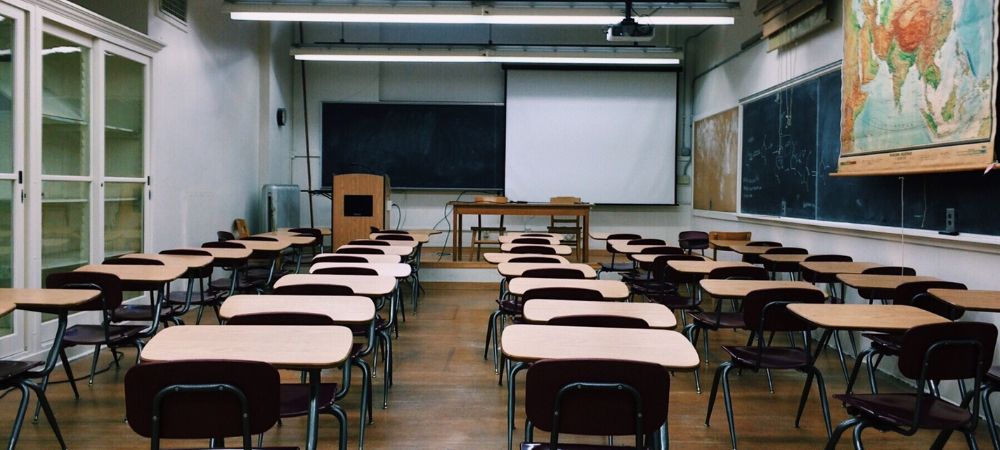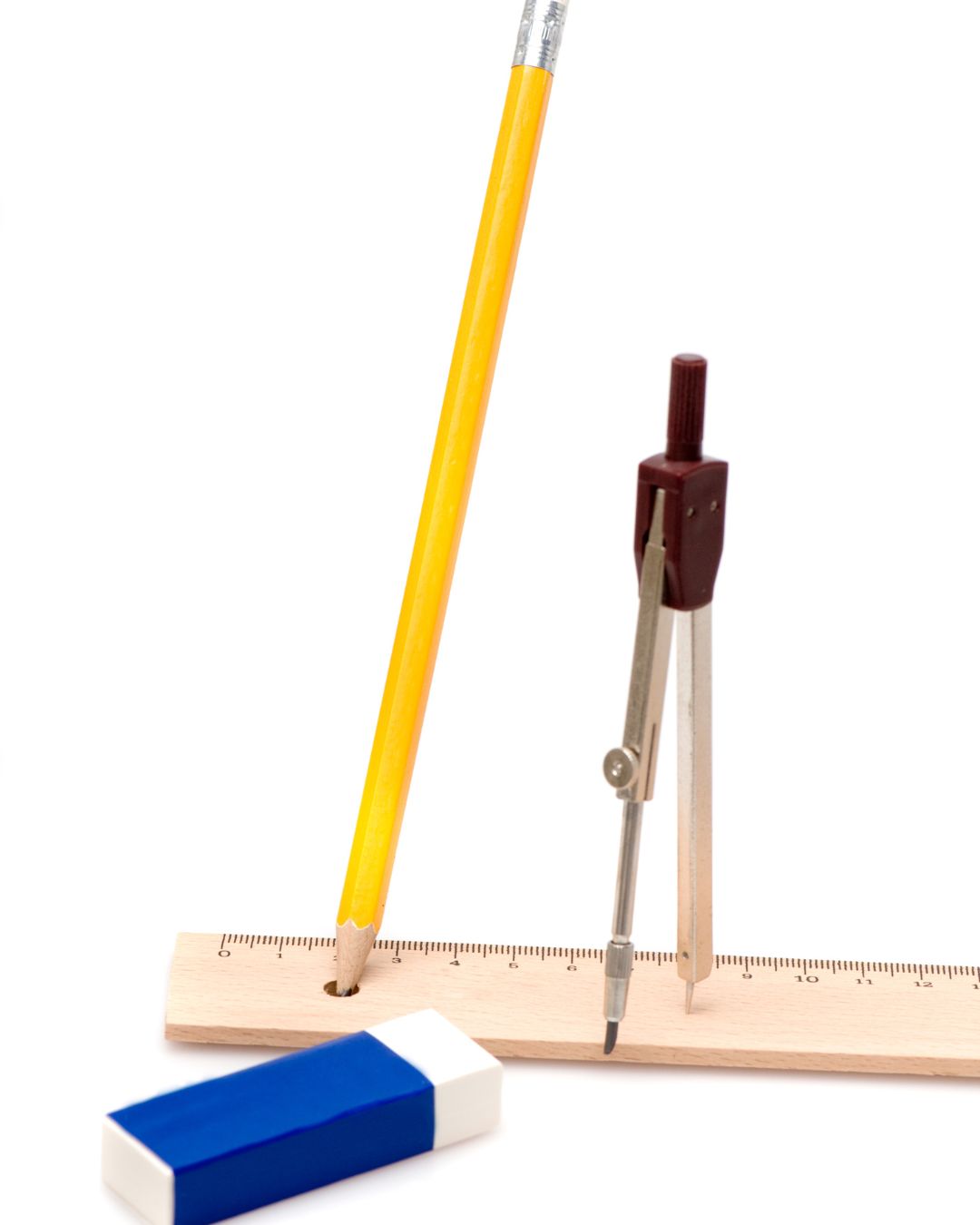

Alright, so let's talk about how the traditional classroom is different from a flipped classroom. In a traditional classroom, the teacher stands at the front of the room and lectures to the students, who are expected to take notes and listen passively. But in a flipped classroom, students watch lectures or read materials at home before coming to class. Then, when they're in class, they work on assignments or projects with their classmates.
added details readily available view it.
The biggest difference between the two is that in a traditional classroom, all the learning happens during class time. But in a flipped classroom, students do most of their learning outside of class. This means that when they come to class, they can spend more time working on applying what they've learned rather than just listening to a lecture.
Another key difference is that in a flipped classroom, teachers have more time to work one-on-one with students because they're not spending as much time lecturing. This can help struggling students get the support they need and allow advanced students to move at their own pace.
Overall, flipping the classroom can be a great way to engage students and make learning more interactive and personalized. So next time you're thinking about teaching or learning in a traditional way, consider giving flipping your classroom a try!
The benefits of implementing a flipped classroom approach are numerous! This method allows students to learn at their own pace, which can be very helpful for those who struggle in traditional classrooms. Instead of just sitting and listening to lectures, they can watch videos or read materials before coming to class. This means that the time in class can be used for more interactive activities, like discussions and group work.
It also encourages students to take more responsibility for their learning, since they have to engage with the material on their own before coming to class. This can help them develop important skills like critical thinking and problem-solving.
And let's not forget about the flexibility it offers! Students can watch the videos or do the readings whenever it's convenient for them, whether that's early in the morning or late at night. This can be especially helpful for those with busy schedules or other commitments.
So overall, implementing a flipped classroom approach can lead to more engaged students, better retention of material, and a more dynamic learning environment. Who wouldn't want that?
As we look ahead to the future, it's clear that technology will continue to have a profound impact on education.. From virtual reality to artificial intelligence, there are countless innovations that will shape the way students learn and teachers teach.
One major trend in educational technology is personalized learning.

Posted by on 2024-05-02
Parental involvement in early childhood education initiatives is so crucial!. It can have a huge impact on a child's development and success later in life.

Posted by on 2024-05-02
When it comes to promoting diversity and inclusion in schools, evaluating progress and making adjustments is key to ensuring continued commitment.. It's important that we constantly assess how we are doing and take steps to improve if needed.

Posted by on 2024-05-02
So, when it comes to implementing a flipped classroom, there are some key strategies you gotta keep in mind. First off, don't just assume that flipping the classroom will automatically lead to success. It takes a lot of planning and preparation to make sure things run smoothly.
One important thing is to make sure your students are on board with the idea. You can't force them to watch videos at home or do online activities if they're not into it. So, try to get their buy-in from the get-go.
Another thing is to provide support for both students and teachers during the transition. It can be tough for everyone involved, so having resources available to help out can make a big difference.
Also, don't forget about assessing student progress and understanding. Just because you're flipping the classroom doesn't mean you can neglect traditional methods of assessment. You still gotta make sure your students are learning and retaining information.
Overall, successful implementation of a flipped classroom requires careful planning, support for all parties involved, and ongoing assessment of student progress. It's definitely not an easy task but with dedication and hard work, it can be done!


When it comes to a flipped classroom, there are many tools and resources that can be used to enhance the learning experience. One example of a tool that can be helpful is video lectures. These allow students to watch lectures at their own pace, pausing and rewinding as needed. Another resource that can be beneficial is online discussion forums, where students can engage with each other and deepen their understanding of the material.
But let's not forget about interactive quizzes and activities! These can help students test their knowledge and apply what they have learned in a fun and engaging way. And don't worry if you're not tech-savvy - there are plenty of user-friendly platforms available for creating these types of materials.
So, whether you're a teacher looking to flip your classroom or a student eager to learn in a new way, there are plenty of tools and resources out there to help you succeed. Don't hesitate to explore different options and find what works best for you!
When it comes to using a flipped classroom model, there are definitely some challenges and potential drawbacks that need to be considered. One of the main issues is the lack of student accountability outside of class time. It can be difficult for students to stay motivated and engaged when they are responsible for learning material on their own. Additionally, not all students have access to reliable internet or technology at home, which can hinder their ability to participate in the flipped classroom model.
Another drawback is the amount of preparation and planning that goes into creating pre-recorded lectures and materials for students to review outside of class. This can be time-consuming for teachers and may take away from other important aspects of teaching.
Furthermore, some students may struggle with self-directed learning and may not fully grasp concepts without direct instruction from a teacher. This could lead to gaps in understanding and potentially lower student achievement.
In spite of these challenges, many educators believe that the benefits of a flipped classroom model outweigh the drawbacks. By allowing students to learn at their own pace and freeing up valuable class time for more interactive activities, this approach has the potential to enhance student learning outcomes.
Overall, while there are certainly obstacles to using a flipped classroom model, with proper planning and support, it can be an effective teaching strategy that promotes student engagement and success.

So, the Flipped classroom approach has been used by many schools and educators to improve student learning. There are lots of case studies out there that show how this new method has been successful in increasing student engagement and achievement.
One school, for example, decided to try the flipped classroom model after struggling with low test scores and disengaged students. They began recording their lectures and posting them online for students to watch at home before coming to class. In class, they would then focus on activities and discussions that reinforced the material learned in the videos.
As a result, they saw a significant increase in student participation and understanding of the material. Test scores improved, and students reported feeling more confident in their abilities.
Another educator who adopted the flipped classroom approach found that her students were more motivated to learn because they had control over when and where they accessed the content. She noticed that students were more likely to ask questions and engage in discussions during class time because they had already been exposed to the material beforehand.
Overall, these success stories show how effective the flipped classroom approach can be in improving student learning outcomes. It's definitely worth considering if you're looking for ways to enhance your teaching practices!